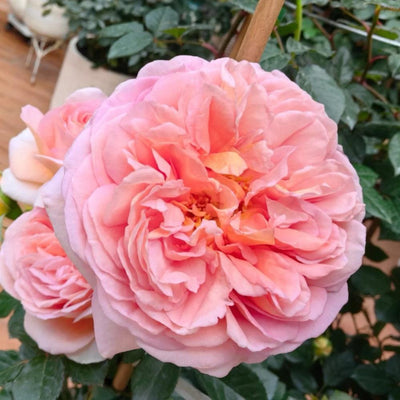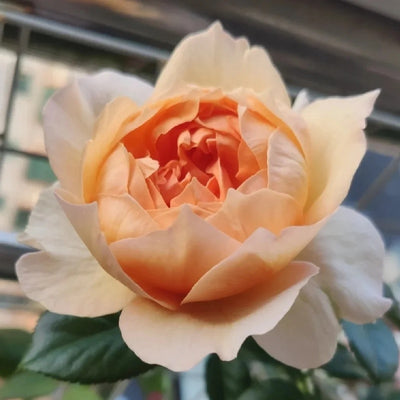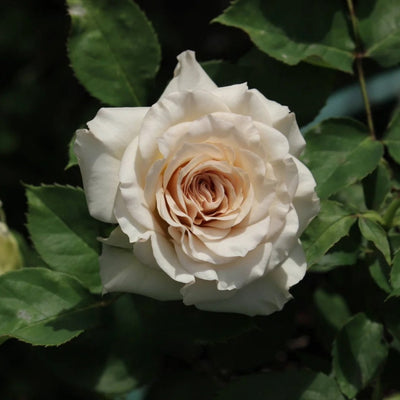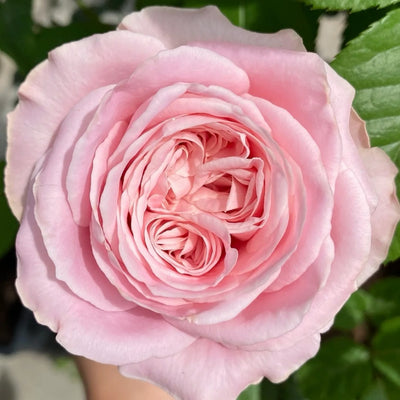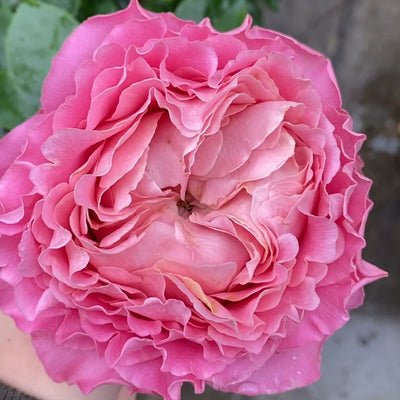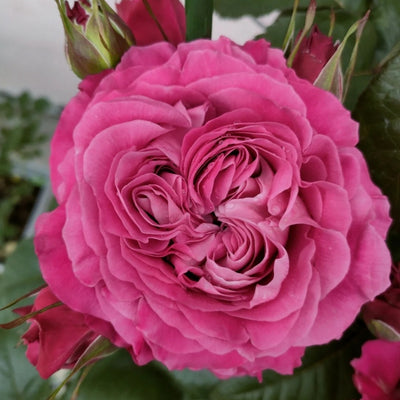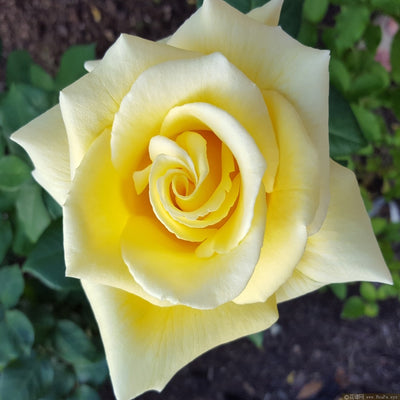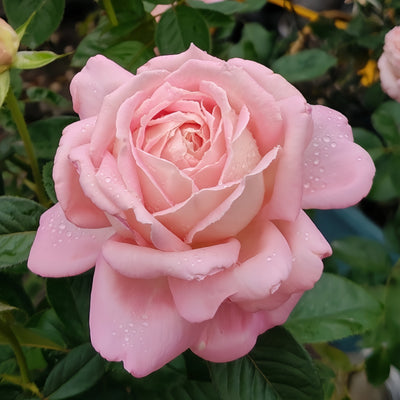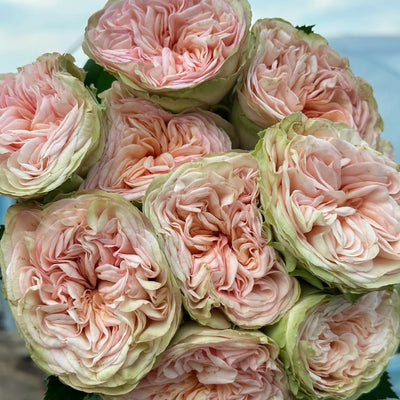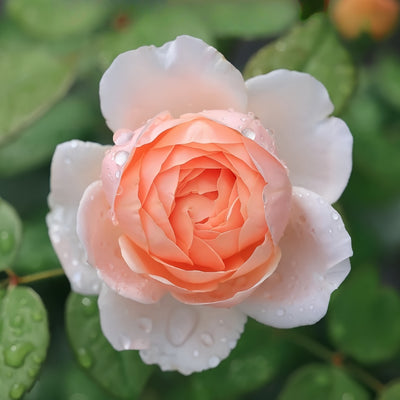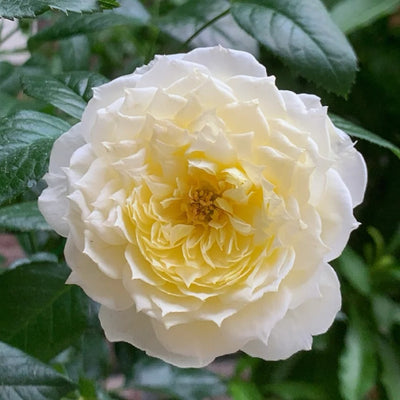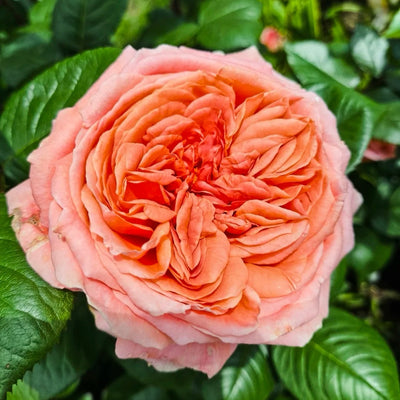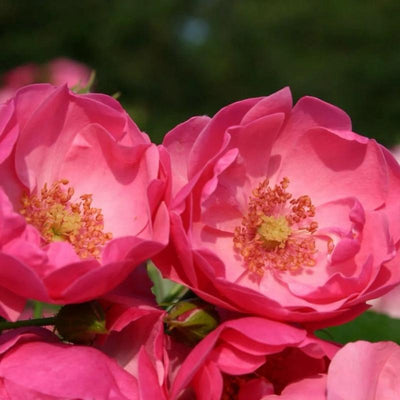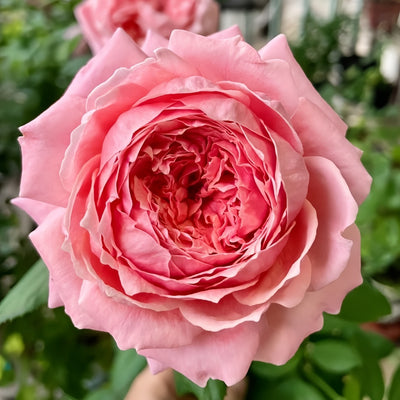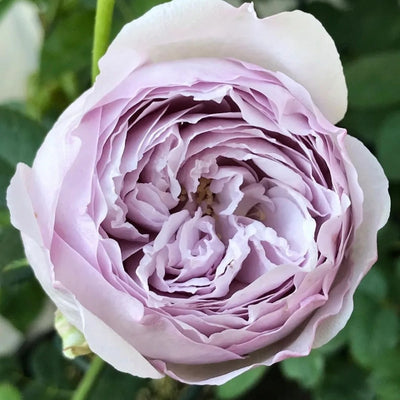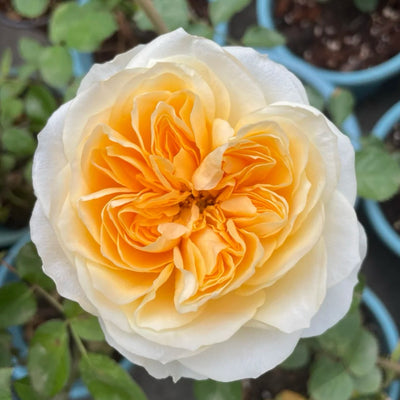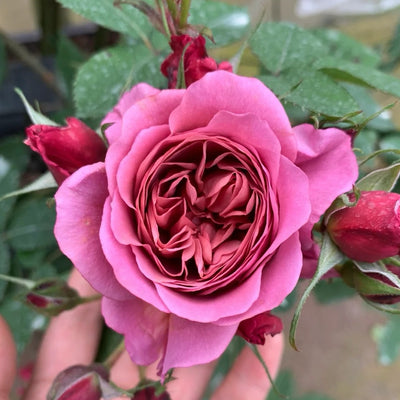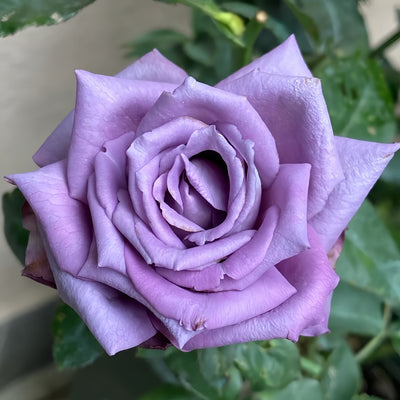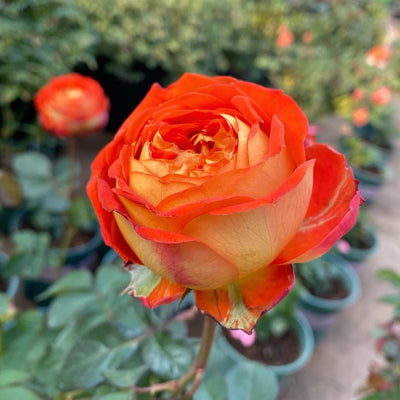White Mold Disease in Roses: Understanding and Managing Sclerotinia

As a passionate plant enthusiast and rose lover, I’ve always found joy in growing different varieties of roses in my garden. However, there’s one issue I’ve encountered that continues to frustrate many gardeners, including myself—Sclerotinia, or white mold disease. This fungal disease, while not uncommon, is notorious for its ability to damage plants quickly and efficiently, often leading to plant death if not managed properly.
White mold disease is caused by a very aggressive and saprophytic soil fungus, Sclerotium rolfsii, which is known for its ability to break down plant tissues and cause extensive damage. This disease can affect a wide range of ornamental plants, including roses, and it often begins with root and stem base rot, eventually leading to wilting and plant death. If you’ve had trouble with plant diseases in your garden, white mold may very well be one of the culprits. Let me share what I’ve learned about it and some practical tips on how to manage and prevent this disease in your garden.
The Nature of White Mold Disease and Its Causative Fungus
The fungus responsible for white mold disease, Sclerotium rolfsii, is a highly aggressive and resilient soil fungus that thrives in warm, humid conditions. What makes this fungus particularly troublesome is its ability to produce sclerotia—resting bodies that help the fungus survive in unfavorable conditions. These sclerotia can remain dormant in the soil for extended periods, sometimes up to five years, making it incredibly difficult to eradicate once it has taken hold.
One of the most disturbing aspects of this disease is its method of spreading. The sclerotia can survive through water, wind, or even insects, like leaf beetles, which means the disease can spread quickly across your garden or even neighboring plants. When the conditions are right, such as during the rainy season or high heat, the sclerotia will germinate, producing mycelium that can then invade the roots and stem bases of plants.
Temperature and Humidity: Key Factors for White Mold Development
The development of white mold is highly influenced by temperature and humidity. The ideal temperature range for mycelial growth and sclerotial germination is between 15°C and 35°C (59°F to 95°F). However, the most favorable temperature for mycelium growth is between 25°C and 30°C (77°F to 86°F), while sclerotia germinate best at 20°C to 30°C (68°F to 86°F). This means that during the hot and humid months, conditions are perfect for the fungus to spread, and the disease can progress rapidly if not controlled.
White mold is particularly active during rainy seasons and in environments with higher humidity and temperatures. If you live in a region that experiences prolonged periods of heat and rain, the likelihood of infection is much higher. The increased humidity combined with high temperatures creates a perfect breeding ground for the fungus, causing it to spread quickly and infect nearby plants.
Symptoms of White Mold Disease in Roses
The symptoms of white mold disease are often subtle at first but become more evident as the disease progresses. In roses, the initial signs usually appear at the roots and stem bases. The affected areas will begin to rot, turning soft and mushy, often accompanied by a foul odor. As the infection spreads, the plant loses its ability to take up water, and the leaves will start to wilt and turn yellow.
Once the disease has taken hold, the plant becomes extremely vulnerable, and the rot spreads upward through the stem. Eventually, the plant will dehydrate and die, leaving behind nothing but decayed tissue. This disease can spread quickly, and in some cases, the entire plant can succumb to the infection in a matter of days or weeks.
Preventing and Managing White Mold Disease
While white mold disease can be devastating, it is possible to manage and even prevent it with the right practices. Over the years, I’ve developed a few strategies that have helped me keep this disease in check, and I’d like to share them with you.
1. Use Well-Composted Organic Fertilizer
Organic fertilizers are a key component in growing healthy plants, but using improperly composted organic matter can introduce pathogens, including white mold spores, into your soil. To prevent this, always ensure that the organic fertilizers you use are well-composted and free from harmful pathogens. Using fully decomposed compost will also provide the nutrients your roses need without adding to the risk of disease.
2. Sterilize or Sun-Expose New Potting Soil
If you purchase new potting soil, it’s a good idea to sterilize it before use. One effective method is to expose it to direct sunlight for several days. The UV rays from the sun can help kill any harmful pathogens lurking in the soil. If you don’t have the luxury of time or sunlight, you can also use chemical fungicides to treat the soil. A fungicide solution like methyl thiophanate or chlorothalonil (often sold as 1000x liquid) can help kill the fungi before planting in the soil.
For used potting soil, it’s important to treat it in the same way—either through sunlight exposure or using a fungicide treatment before reusing it. Reusing soil without treating it can lead to reinfection, especially if the fungus is still present.
3. Maintain Proper Drainage and Avoid Overwatering
One of the best ways to prevent the spread of white mold is by ensuring proper drainage in your garden. Standing water creates the perfect environment for fungi to thrive. Make sure that your rose beds or containers have good drainage, and avoid overwatering your plants. In addition, try to water the base of the plant instead of overhead watering, which can promote moisture accumulation on leaves and stems.
4. Ensure Good Air Circulation
White mold thrives in humid, stagnant air. To combat this, ensure that your garden or indoor growing area is well-ventilated. If you’re growing roses in pots, consider placing them in an area with good air circulation to help keep the environment dry. Proper spacing between plants also allows for better airflow, which reduces humidity around the base of the plant and limits the chances of infection.
5. Regularly Inspect Your Plants
Early detection is crucial when managing any plant disease, and white mold is no exception. Regularly inspect your roses, especially around the roots and base of the stems, for signs of rot. If you notice any unusual softening or discoloration, remove the affected plant parts immediately to prevent the disease from spreading. Disinfect your tools after every use to avoid transferring the disease to healthy plants.
6. Apply Fungicides as a Preventive Measure
In areas where white mold is common, it may be necessary to apply fungicides preventively. If you’ve had problems with this disease in the past, using a systemic fungicide can help protect your plants from future infections. I typically use methyl thiophanate or chlorothalonil as part of my regular treatment routine during the humid season.
Conclusion
White mold disease is a serious threat to roses and other ornamental plants, but with the right precautions and treatments, it is entirely possible to manage and even prevent it. By using well-composted fertilizers, sterilizing soil, ensuring good drainage and ventilation, and applying fungicides when necessary, I’ve been able to keep white mold at bay in my garden. With these practices, you can enjoy healthy, thriving roses without the worry of white mold taking over.
If you’ve dealt with white mold disease in your own garden, I’d love to hear your experiences. Share your tips and questions in the comments below!




















